By Dan Weisz
Besides the Crested Caracaras, there were many other birds in the agricultural fields northwest of Tucson. Those fields begin in Marana and continue north up through Eloy and Casa Grande and are a rich habitat for wintering birds as well as year-round residents.
Black Vultures are smaller and chunkier than their cousins, the Turkey Vultures. While Turkey Vultures depend on their great sense of smell to locate carrion, Black Vultures make up for their poor sense of smell with great eyesight and by following Turkey Vultures to carcasses.
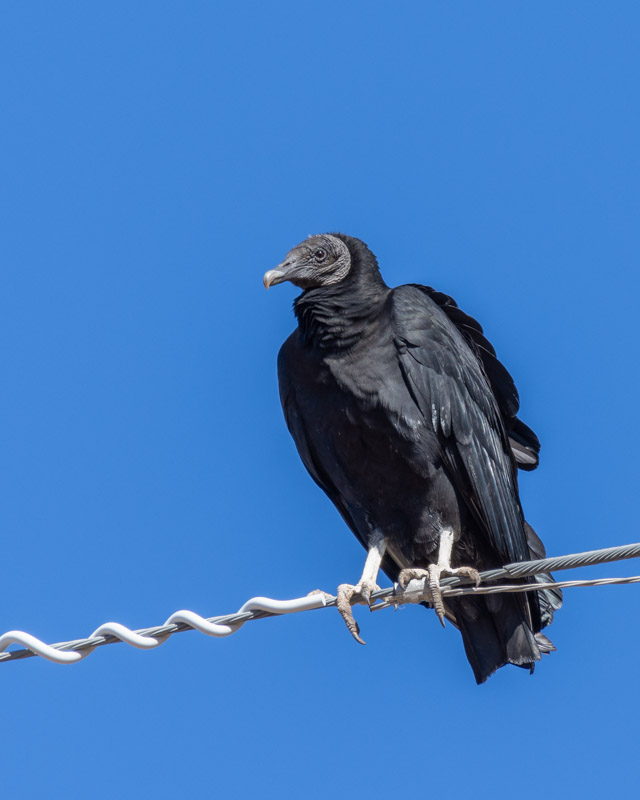
Great Blue Herons are associated with bodies of water but they are also found in agricultural areas and meadows. They will eat anything within striking distance of their long neck and dagger-like beak. This bird reminded me of an old man with a beard sitting on a park bench and pondering the universe.
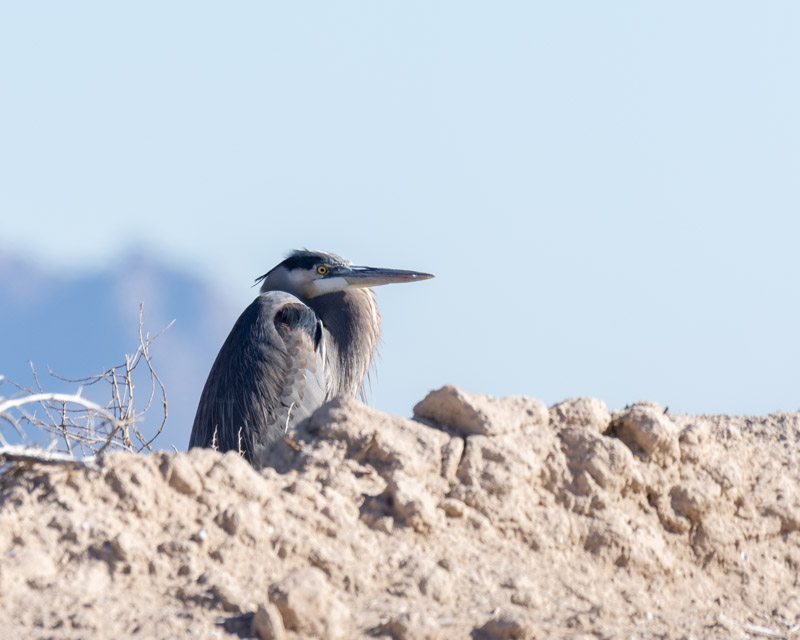
Another Burrowing Owl along the agricultural fields. I can’t get enough of them.
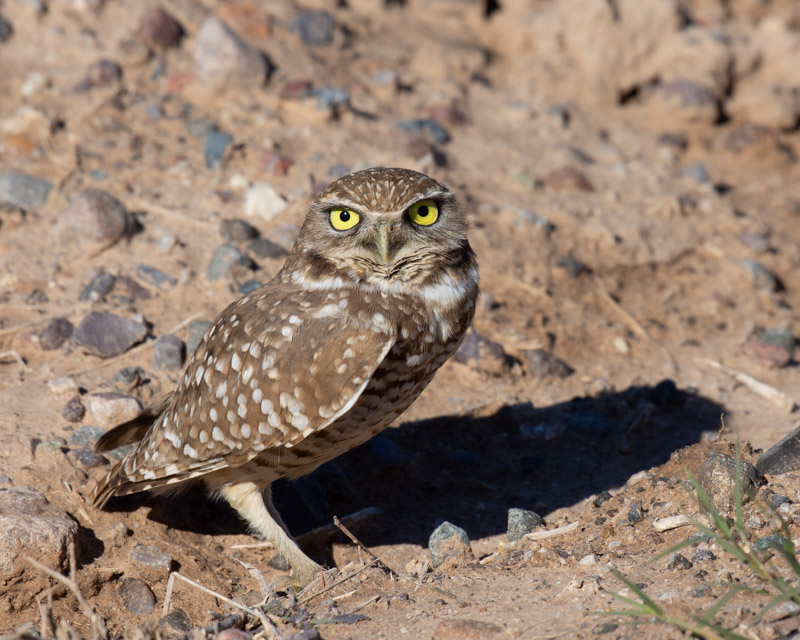
A Say’s Phoebe was resting on one leg on a handle at an irrigation ditch. These birds are common in open areas and can be seen throughout the Tucson area on low perches, foraging for insects.
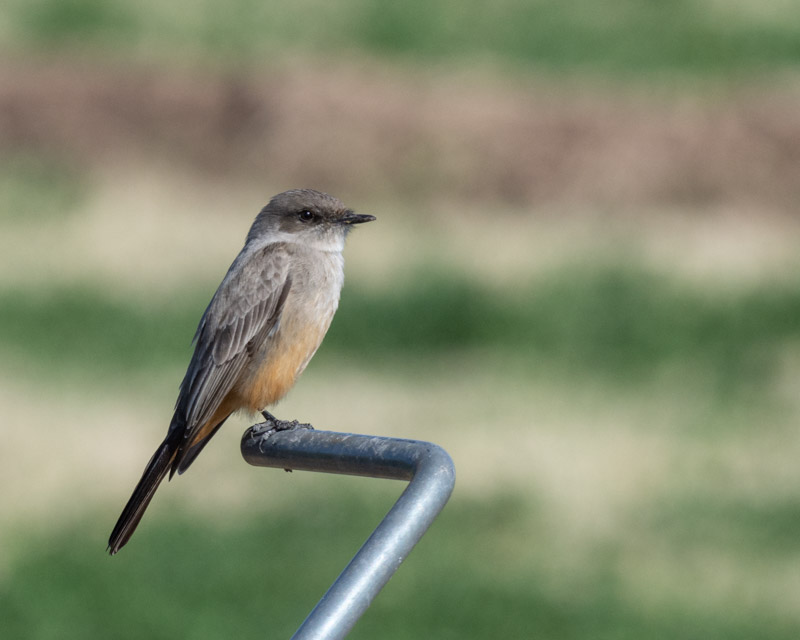
A female American Kestrel was warming up in the sun this cold morning. The females are rusty overall and lack the slate-blue wings of a male American Kestrel
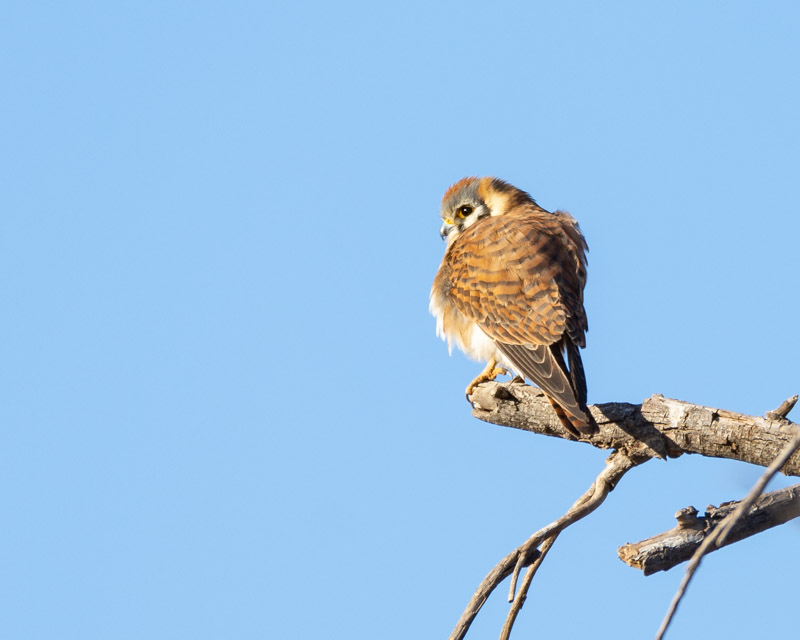
Another American Kestrel hunting from a telephone line. We see more female Kestrels in this area than we see males. Perhaps the females travel south earlier than the males do and claim the best territories for food so the males end up hunting somewhere away from the open road.
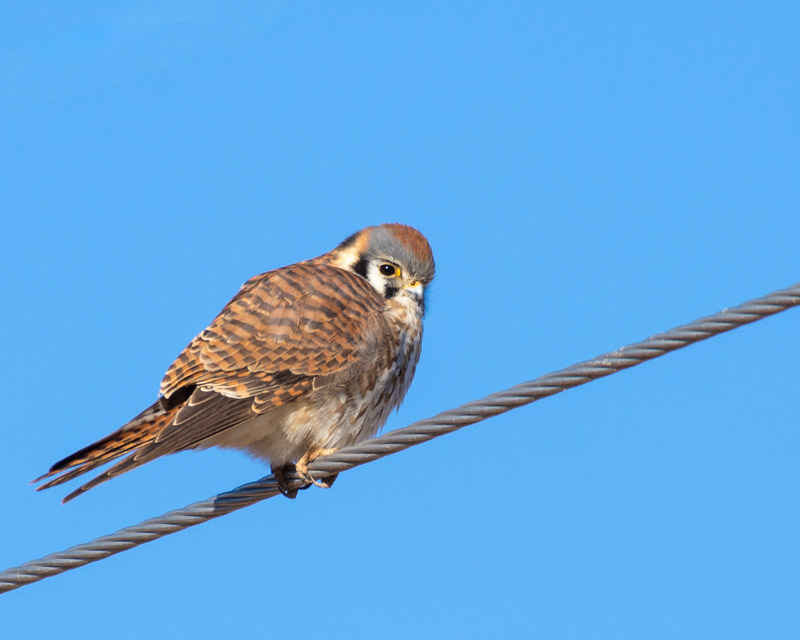
We have Red-tailed Hawks in southern Arizona year-round, but many more come here during the winter time. A percentage of Red-tails are darker, called Rufous-morph. This bird was seen in the Marana area. Note the lack of white on its chest and belly.
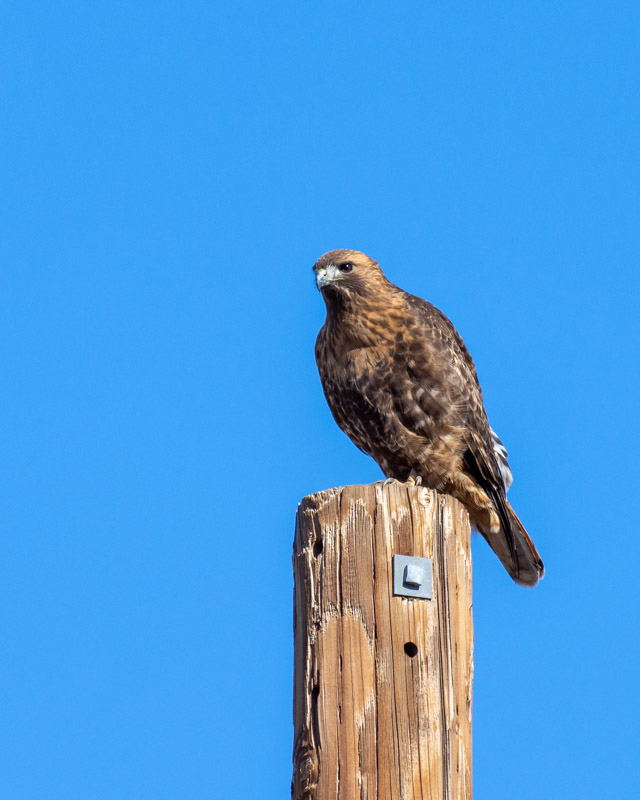
After watching us for a bit, it decided to take off, heading sideways.
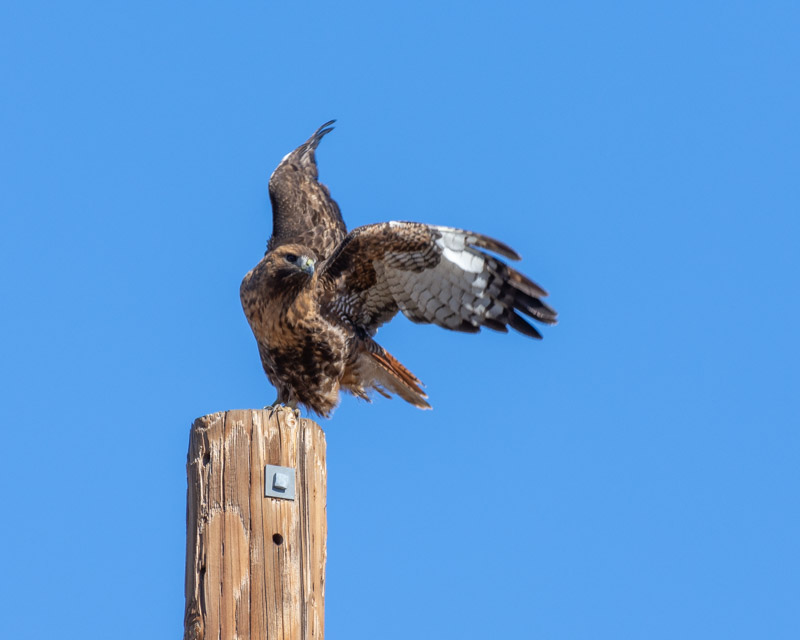
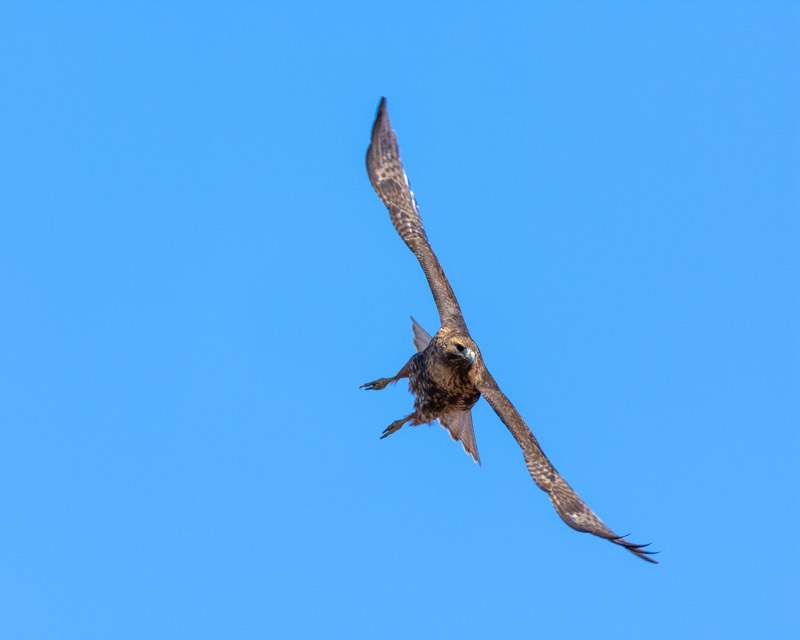
As it soared overhead, we left the area. In this shot you can see that it does not have the pale belly of typical red-tails and is rufous colored. It still has that red tail.
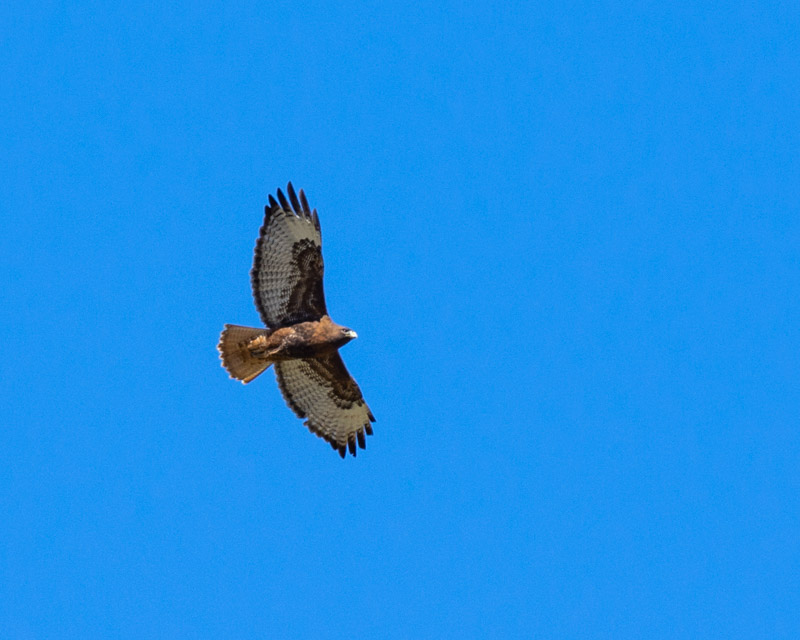
A few minutes later and a mile down the road, we saw the Rufous-morph Red-tailed Hawk again, this time being chased by a male Northern Harrier. We watched as the Harrier flew after the red-tailed hawk driving it out of the area.
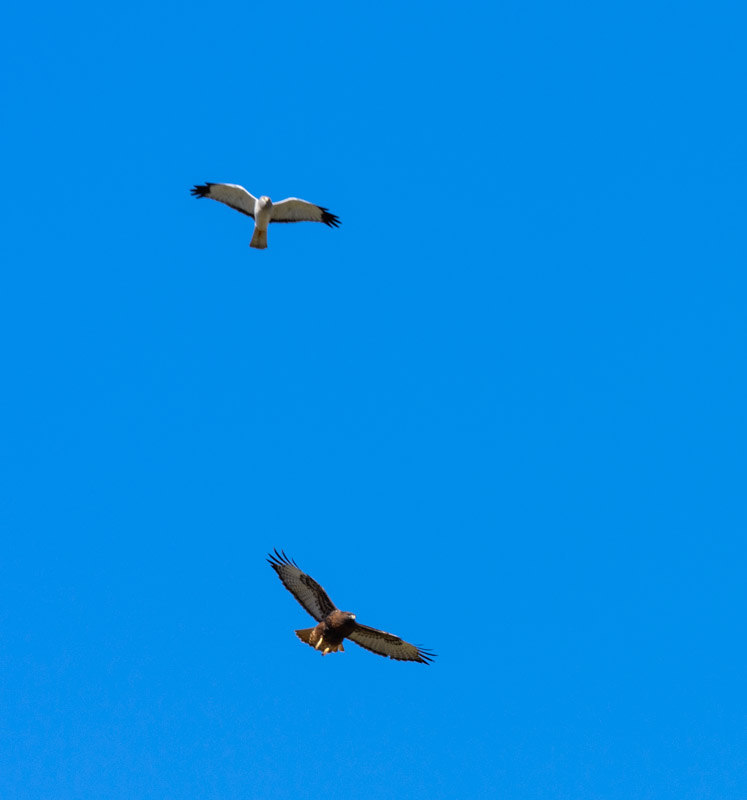
A male Northern Harrier is often referred to as the “Gray Ghost”. Compared to the brown color of the female Northern Harrier (I shared several photos recently), the male is pale gray with black wingtips and a black, trailing edge to its wings. It has the typical harrier long wings and long tail and owl-like face. It was a treat to see one of these birds, another wonderful winter visitor.
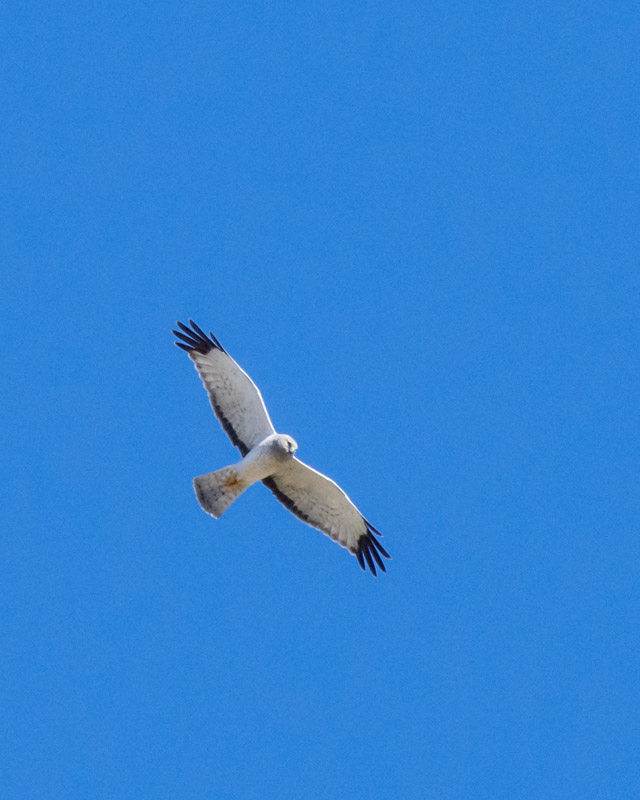
More to come. I went back to Santa Cruz Flats again so more photos to follow. Also, I returned to Sweetwater Wetlands and found the bobcats again! Stay tuned!
